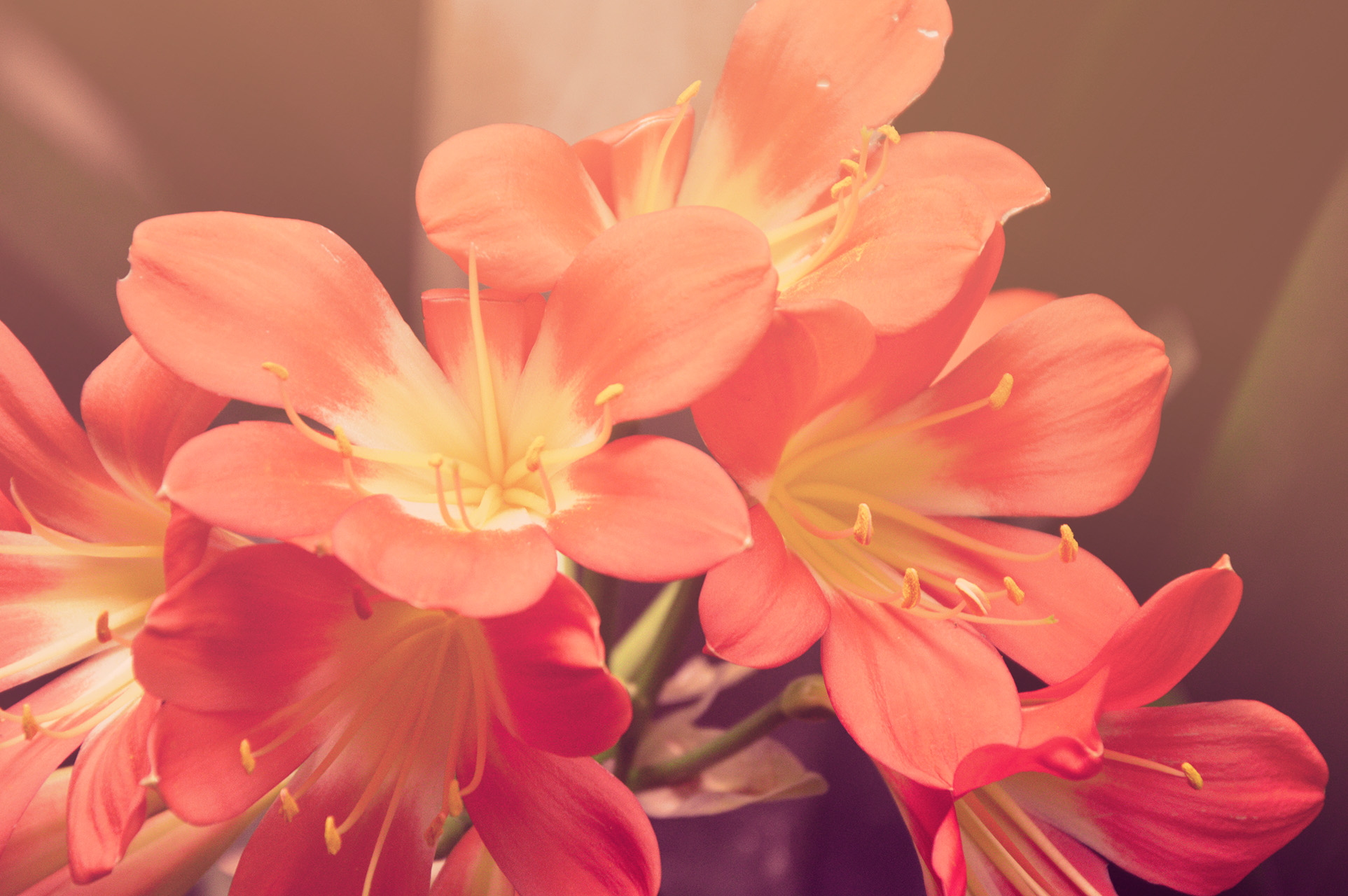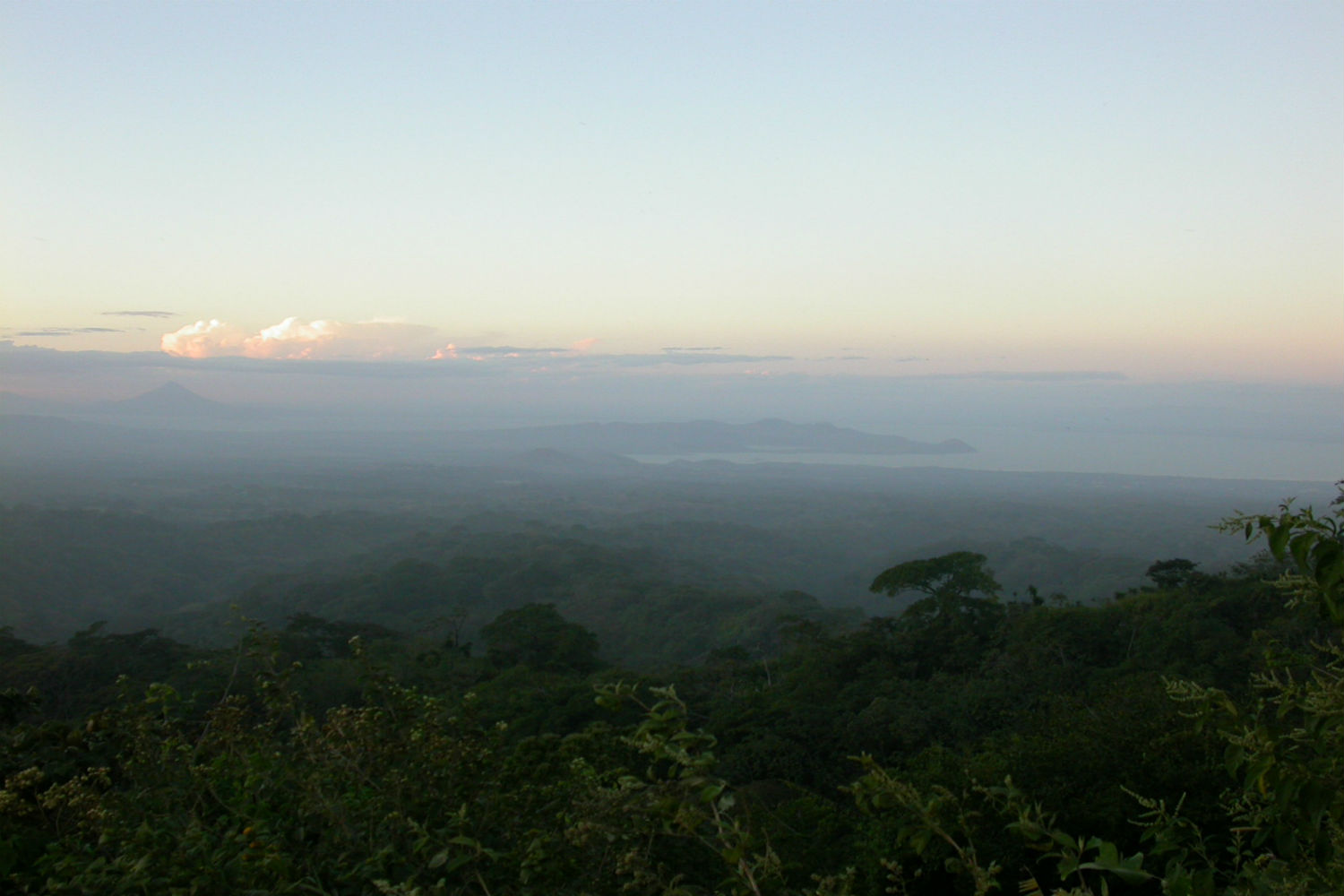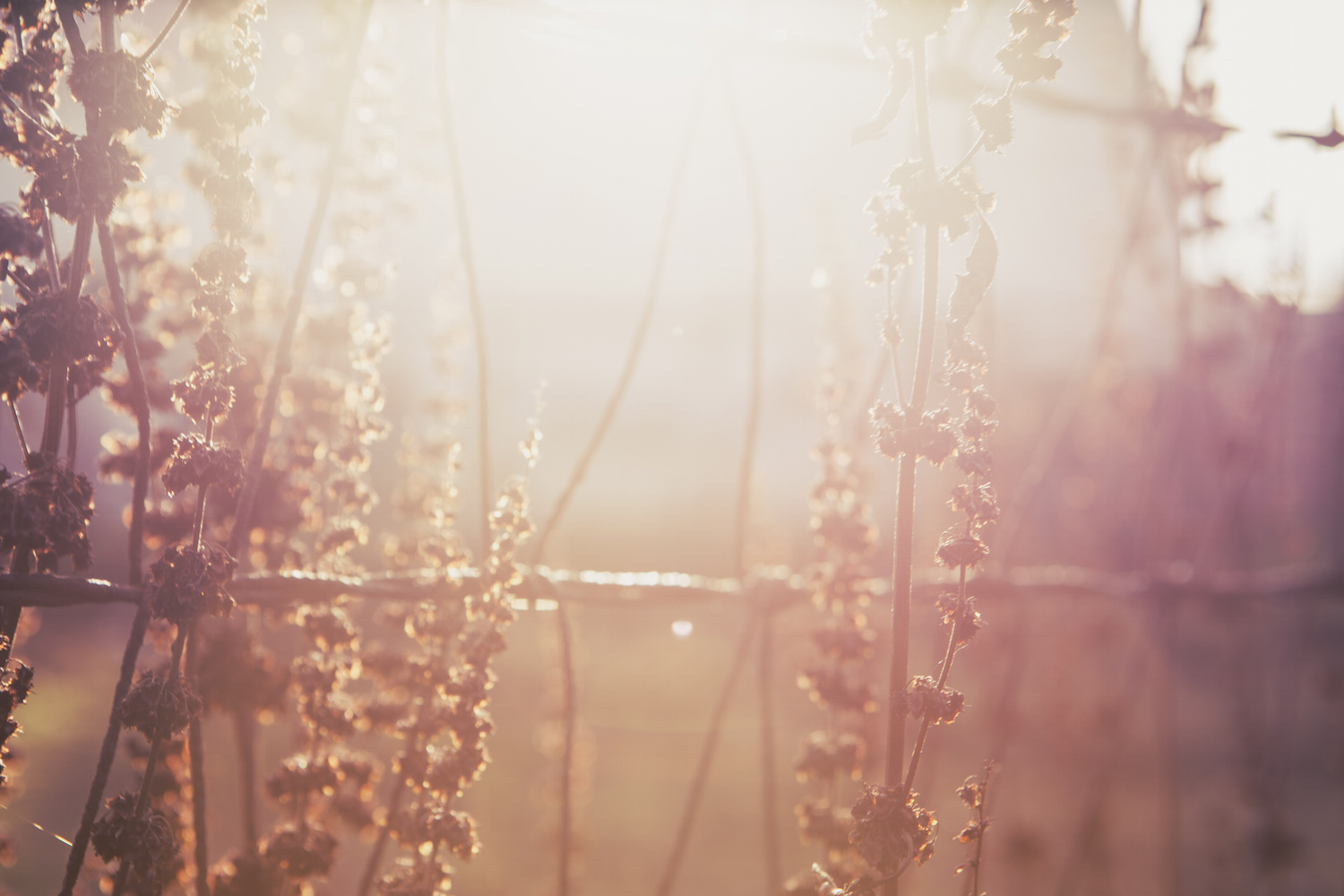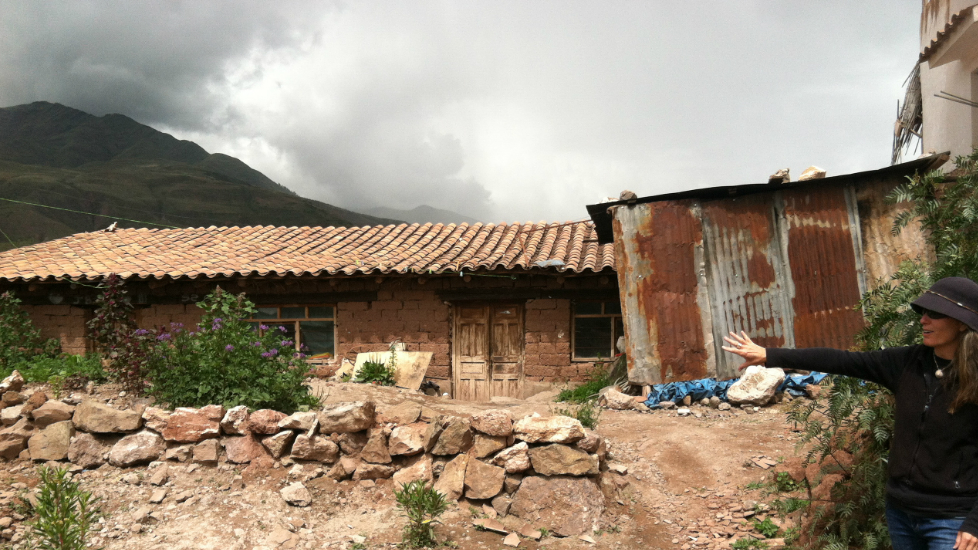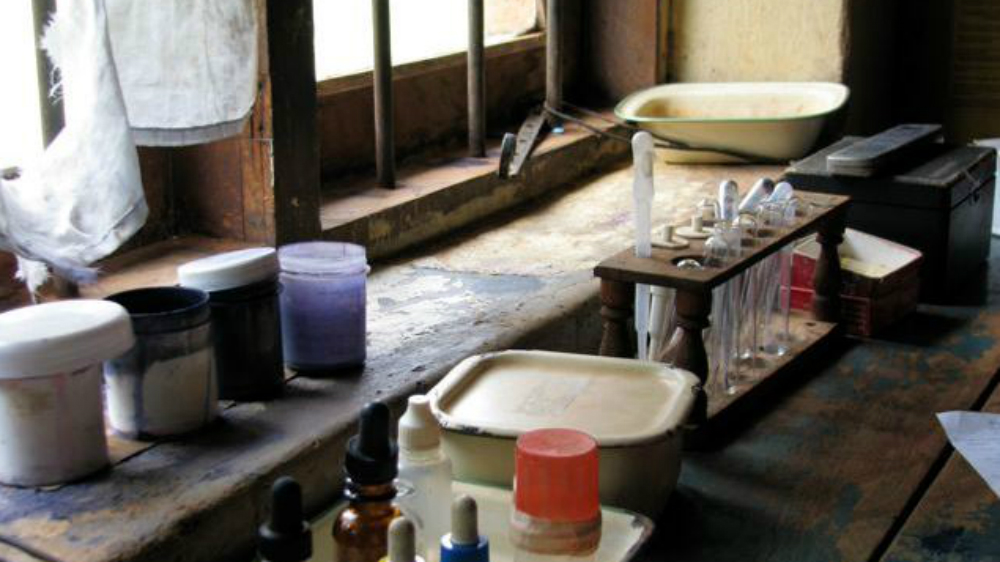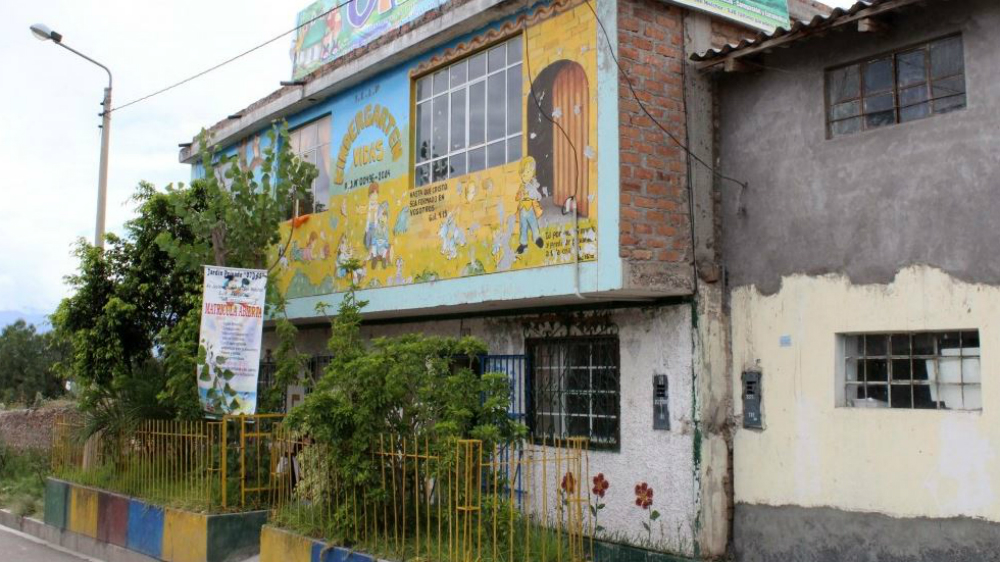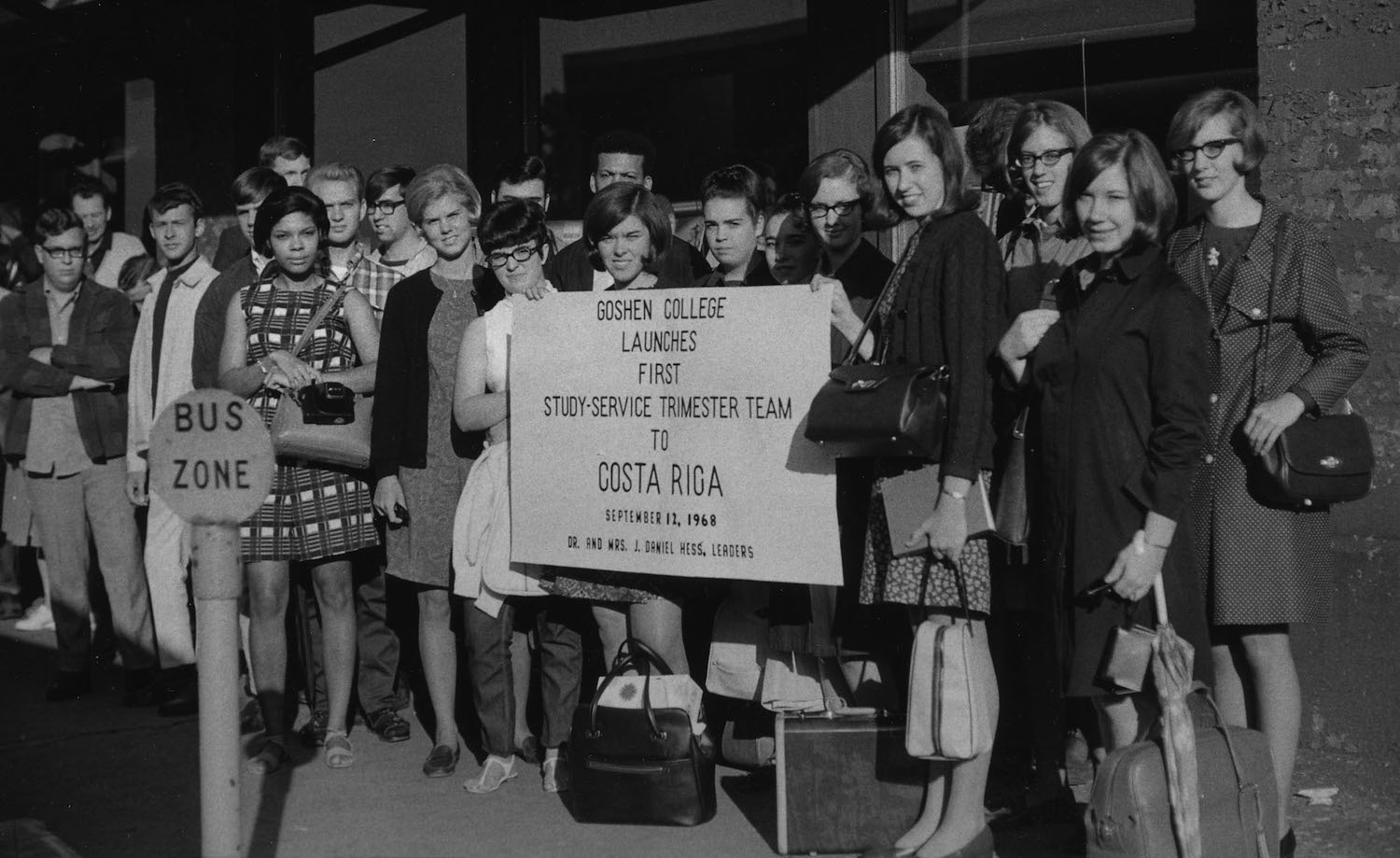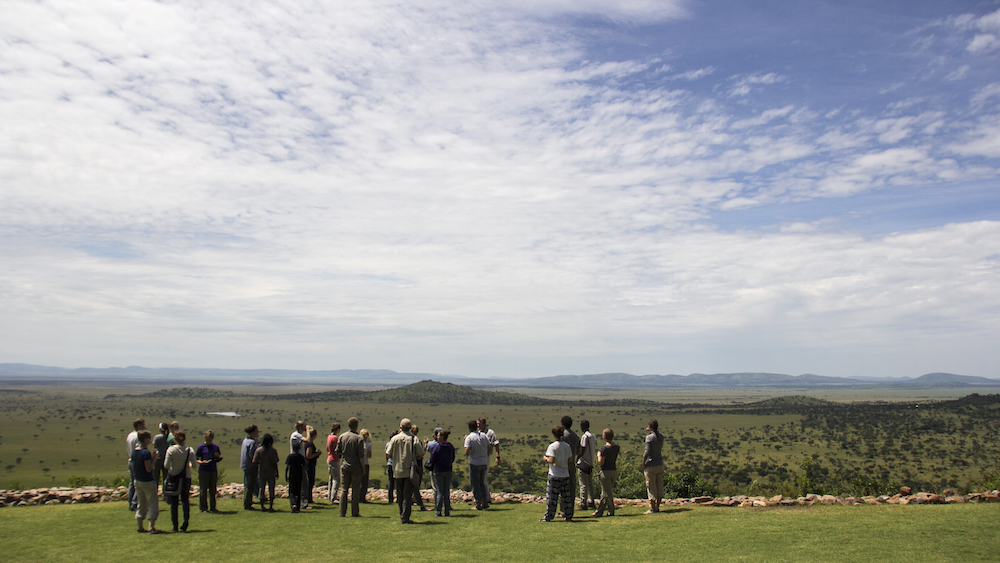On the white lace tablecloth covering the hardwood table lay two sliced palta (avocados) and a bag of white bread. I spread the palta on bread for breakfast, and sprinkled it with salt, at my host brother Eric’s suggestion. I told him it was muy rico because it really was delicious, not because I was trying to be polite. Later that night, he told me, we’d eat “real Peruvian food.”
All five members of my host family crowded into a 6- by 10-foot kitchen to prepare the meal. I sat poised at the supper table, preparing to taste my first authentic Peruvian meal.
Four large ceramic plates arrived in front of me, and I saw that real Peruvian food meant, most accurately, potatoes. Potatoes, potatoes, and more potatoes. And rice. A small cucumber and onion salad rested in a small white bowl off to the side, and a strip of fried chicken lay across some of the rice — but these foods were barely visible next to a colossal plate entirely covered in thick papas fritas, another plate lined with baked yellow potatoes, and a third dinner plate heaped with a mound of white rice — and, of course, a side of potatoes.
